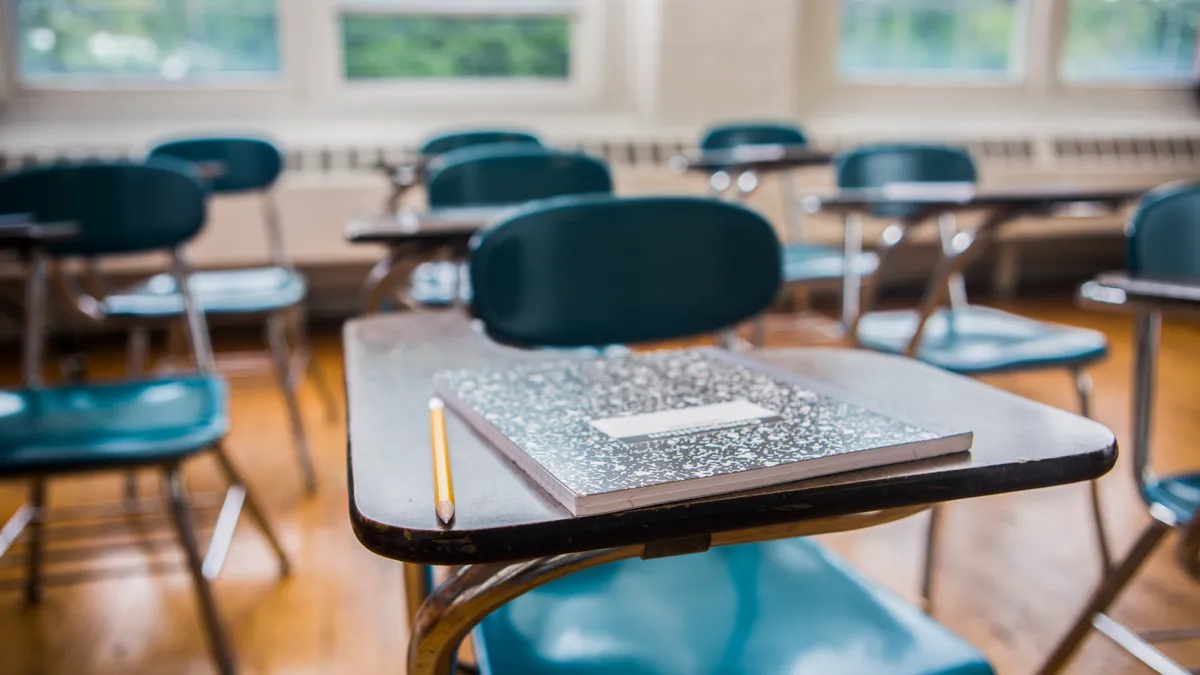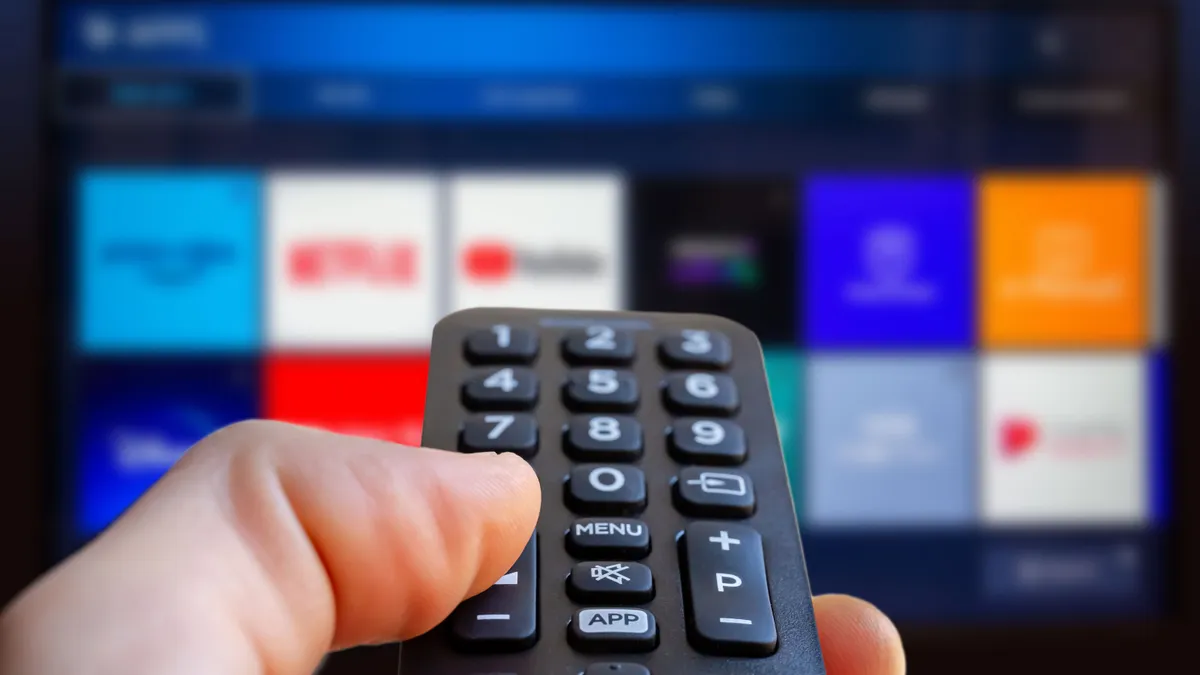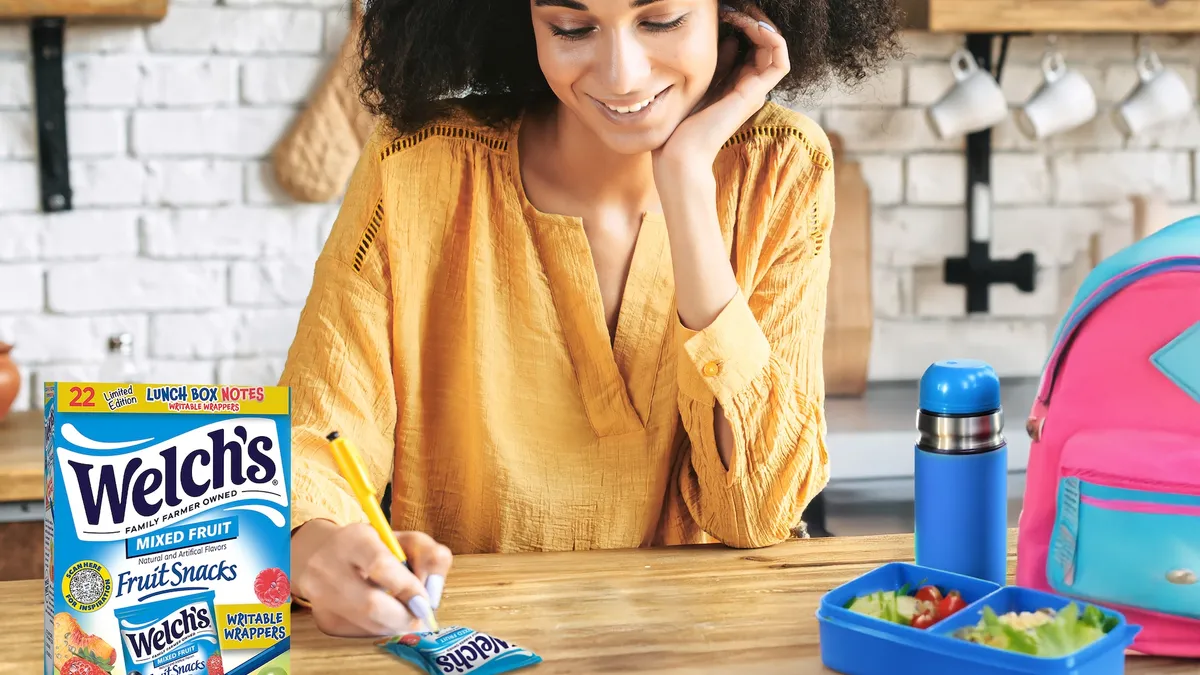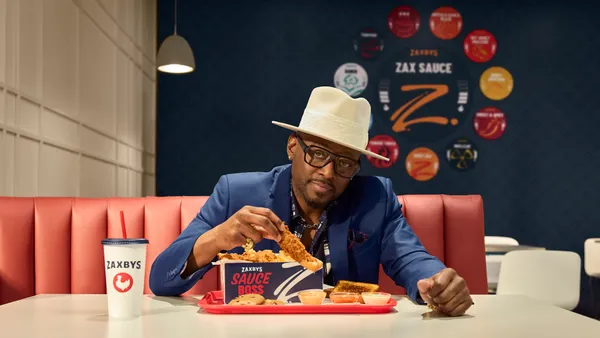Inflation is a top concern for parents this back-to-school season, but signals are mixed on how big an impact this will have on purchasing decisions. As a result, brands and retailers are focused on finding a message that promotes value without sacrificing sales.
The beginning of 2022 teased a sunnier outlook for this year’s back-to-school season following years of pandemic related challenges, but health stressors have been swapped for fears of a recession. Still, projected spending doesn’t reflect a hurting economy, with the market forecasted to hit $34.4 billion, 24% higher than pre-pandemic levels, according to Deloitte’s 2022 back-to-school survey.
Parents are expected to pay $661 per K-12 student this season, up 8% from a total of $612 a year prior. Further, 50% of parents admit they plan to splurge (down from 93% last year), per a 2022 NerdWallet study. But these seemingly bright spots come with a twist — 33% of consumers report their household incomes have worsened since last year, per Deloitte’s findings.
“There’s a lot of people complaining about inflation and a lot of consumers complaining about inflation, but they’re not changing their behavior for the most part, in spite of that inflation,” said Sucharita Kodali, vice president, principal analyst at research consultancy Forrester.
As a result of the economic uncertainty, a more-for-less attitude has been adopted as consumers reevaluate their relationships with companies they once considered tried and true, ready to be courted by another if it offers better value. Seventy-seven percent of consumers say they will switch brands if prices are too high or if the item is out of stock, according to the Deloitte survey.
Consumers are also on the hunt for good deals sooner, with 53% of K-12 spending expected to have occurred by the end of July.
“Inflation has impacted every aspect of back-to-school shopping this year, and most retailers’ strategies seem to reflect the influence of inflation on consumers’ ability to invest in school supplies and apparels,” said Dave Bruno, director, Retail Market Insights at retail technology company Aptos in an email.
E-commerce behemoth Amazon quickly saw an opportunity to swoop in with a back-to-school campaign featuring Kathryn Hahn. The 30-second spot urges parents to “go ahead and spend less” on back-to-school supplies as they try to keep up with ever-changing trends and needs. Following suit, Target has flexed hefty discounts this season and a store-wide sale similar to that of Prime Day, and also extended saving opportunities for teachers.
“Amazon’s Prime Days have become the unofficial starting point for the back-to-school shopping season, and despite what seemed like less advanced marketing and promotion from Amazon, they still generated around $12 billion in revenues during the event,” Bruno said. “Retailers that staged competing promotions during Prime Days were very focused on the discount message, with many advertising ‘Black Friday in July’ deals.”
The price for “normal”
Spending in retail categories is expected to show kids are in need of apparel items, while having other areas, namely tech, more than covered. K-12 parents are predicted to spend increased amounts on clothing and accessories, up 18% year-over-year, and school supplies, up 7% alluding to the end of at-home learning, per Deloitte findings. At the same time, tech spending is projected to decline 8%, with 81% of parents saying those needs will be fulfilled by their child’s school.
“A significant part of school, especially for college, is electronics, and electronics have actually deflated,” Forrester’s Kodali said. “It’s one of the few categories where there’s deflation.”
Some stores are pulling back on casual wear following a boom in athleisure, making clothing buys necessary for those desiring to freshen up their look. Retail behemoth Gap for the 2022 back-to-school season is promoting vintage looks, like loose denim, pocket tees and varsity jackets to allude to modern prep, its CMO Mary Alderete told Marketing Dive in July.
Value isn’t just about the discount
As many brands frame their campaigns around inflation by offering discounts, other brands are looking to communicate value in less direct ways. L.L. Bean’s back-to-school campaign, “Dear L.L. Bean,” pushes for an emotional connection, retrieving a letter written in 2007 to the brand by a now 23-year old consumer inquiring about how to destroy the brand’s popular Book Pack bag so that her parents would buy her a new one. The 30-second commercial uses the letter as narration as it recreates the event, with the message that no matter what, the bag can’t be destroyed.
Gap’s 2022 back-to-school campaign, “Everyone Belongs,” plays off a similar message, marketing “hand-me-down approved” items with a collection of clothing. In its 30-second national spot, kids share what it means to them to be different, pushing the brand’s long-adapted theme of inclusivity and “modern American optimism” throughline to relate to the numerous styles kids may take on.
Value to consumers may also mean an emphasis on more niche categories. Parents concerned with their child’s mental health are expected to spend 8% more than average this season, per Deloitte. Parents are also growing more concerned about sustainability — those that are will be expected to spend 22% more than average. The change of heart may allude to a shift in priorities brought about by the mental overload spurred by the pandemic.
Nature Valley, long known for its sustainability efforts, took advantage of the opportunity with an environmentally-friendly back-to-school campaign that challenges consumers to post a video of themselves on TikTok doing something sustainable with the hashtag #ReTokForNature for the chance to win access to its Nature Valley ReTok Store, where they can shop for free back-to-school gear, including items in collaboration with brands like L.L. Bean and Stasher.
Where the consumer goes
As consumers act in fear of a recession, advertisers are following suit. Ad spend for the first time this year dropped in June, breaking a 15-month growth streak. While back-to-school is an ad-heavy season, Forrester’s Kodali sees the cutbacks sticking around as long as fear of economic turmoil continues, she said.
“I think advertising was down because companies are panicking about a recession,” Kodali added. “... Usually when there’s a fear of a recession, companies try to hunker down and save cash and marketing is an easy place to save money.”
Despite the losses, retail ad spend remains at a record high, according to Standard Media Index’s latest Core Data, rising 5% with discount stores quadrupling investment year over year. As marketers assess the ad categories they invest in, it’s worth noting that consumers have signaled a return to in-person shopping — 49% of spending is set to be in-store this year, up from 43% in 2020 and 2021, according to Deloitte. Still, it remains lower than pre-pandemic levels of 56% in 2019.
Digital dominates
With the increase of in-person shopping, online spend is projected to decrease for the first time since 2017, amounting to 35% of spend this year, down from 39% the year prior. That isn’t to say there’s a lack of interest, as 42% of shoppers plan on using emerging technologies to do their shopping, per the survey, with the most common use cases being digital wallets, shoppable content and cashier-less stores and least common being augmented and virtual reality – suggesting that despite its growing popularity in other markets, metaverse activations may not be the way to go for back-to-school campaigns.
The top three stores named as parents’ chosen back-to-school destination this season include Walmart (63.5%), Target (53.3%) and Amazon (50%), per a JLL annual back-to-school survey, indicating that assets like free, fast shipping and convenience are still holding strong.
“Prime Days and competing retailers’ promotions certainly took their share of the back-to-school spend online,”Aptos’ Bruno said. “But the post-pandemic return to the store is still significant and meaningful, and we do expect to see a material transfer of some spending from online back into the store.”
Still, online shopping is unlikely to crumble anytime soon as many parents have grown accustomed to convenience factors like fast and free shipping.
“This is less about the marketing channel and more about shopping patterns as they stand today,” said Steve Rowen, managing partner of Retail Systems Research, in an email. “If the default is ‘I’ll order it online,’ then it would take a pretty compelling marketing campaign to get people out to stores. If that hasn’t yet become a shopper’s default, then there’s still great opportunities there. But from what our research shows us, if people go to stores right now, it’s because they actually want to. Certainly not because they have to.”
Finding a standout marketing strategy continues to become a growing challenge for advertisers as they grapple with changing privacy laws, namely Google’s projected end to third-party cookies, which it again pushed, now to 2024, and Facebook’s privacy compliance shifts in recent years. Retail media networks continue growing in response, with many adding additional optimization and analytics features to stand out as the field grows saturated.
Despite what appears to be a series of uphill battles, finding a way to reach consumers and land the sale may not require a trip to the drawing board. Consumers appear to be paying the price for normalcy — perhaps warranting a revisit to blue prints from years past by marketers.
“I think they treat (back-to-school marketing) like they did back in 2018 or 2019,” Kodali said. “It’s a competitive landscape, but there’s a lot of money up for grabs, so if you want to grab it, you’ve got to have a compelling message, you’ve got to have compelling pricing, you’ve got to reach customers at the right time.”























